And here we are: Konpira-san’s Main Shrine! Finally.
Before you go any further, maybe it is necessary to refresh your memory a little, isn’t it? So if your memories of the beginning of Konpira-san’s ascension are a bit blurred (not your fault, I could post them at a faster pace, I admit) here is a list of links to the previous episodes:
- The first steps.
- The first platform.
- Brief detour to admire Ōkyo Maruyama paintings.
- Second set of stairs and Asahi-sha.
- Last steps before the main shrine.
Are you up-to-date? Good, let’s move on then.
You will notice that after so many steps, not a single one in sight in this post, we’re dealing with a pretty large platform here.
Strangely, I didn’t take many pictures of this stage of the climb. Probably because my focus was the climb itself, not sure. In any case, if you want to see more of it, you can in my previous posts about Konpira-san (on New Year’s Day, and during my first visit of Kotohira-gu). Here are a few of the ones I took on that day:
And let’s contemplate one more time the strange colors that the trees had because of their flowers:
One thing not to miss when you’re there is of course the view of the Sanuki Valley:
See all the yellow patches? It’s ripe wheat, ready to be harvested to make delicious udon!
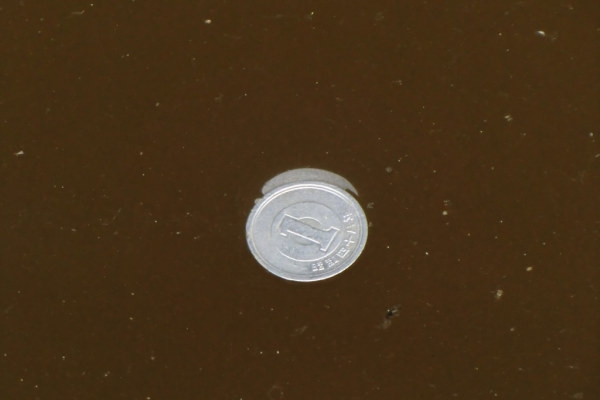
When you walk towards the end of the platform, you find a pretty interesting building:
I guess this is the right moment to remind you that even though Konpira-san is located pretty high above sea-level, it is a shrine that is mainly dedicated to sailors and other seafarers. Konpira-san is said to have been founded about 2,000 years ago and it’s main kami (deity) is Ō-Mono-Nushi-No-Mikoto who protects sailors and fishermen (it is related to the buddhist god Kumbhira, the crocodile-god in the Gange river, who pretty much gave his name to the place). This explains why you find so many boat-related artifacts there.
And it’s not just “boat-related artifacts” that you’ll find, but also a real actual boat. It is the Malt’s Mermaid, an experimental solar-powered boat aboard which Kenichi Horie beat the record of fastest crossing of the Pacific in a solar-powered boat in 1996 (148 days).
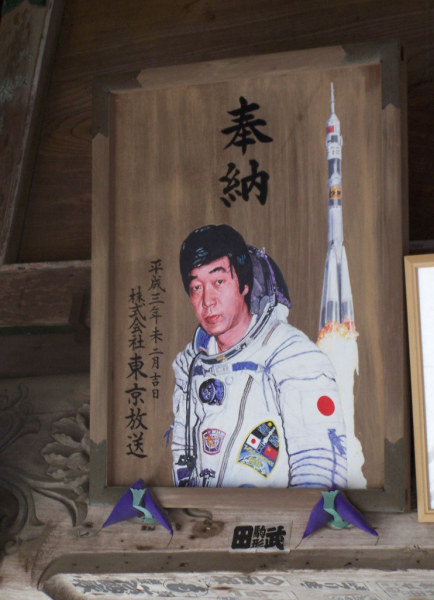
Toyohiro Akiyama, first Japanese into space.
(it was in 1990 and note that he wasn’t a military officer nor a scientist, but a journalist – he actually also was the first journalist into space – I do have a vague recollection of the event).
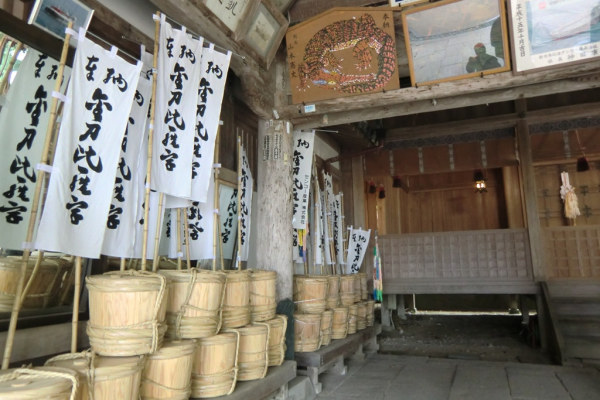
That’s all for today, I’m pretty sure I’ll have the chance to show you Konpira-san’s main shrine again in the future. In the meantime, let’s brace ourselves for the most difficult part of Konpira-san’s ascension: the last 583 steps!
Discover more from Setouchi Explorer
Subscribe to get the latest posts sent to your email.
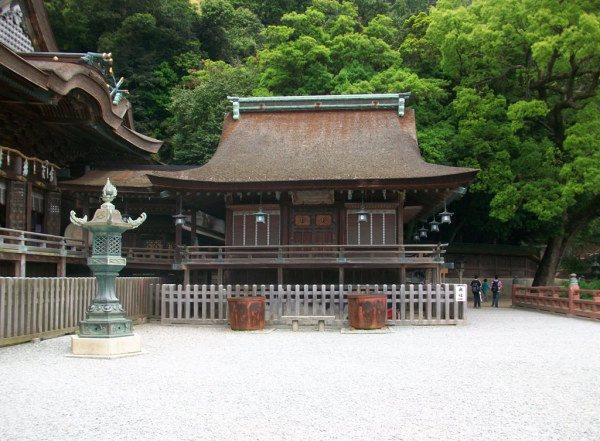
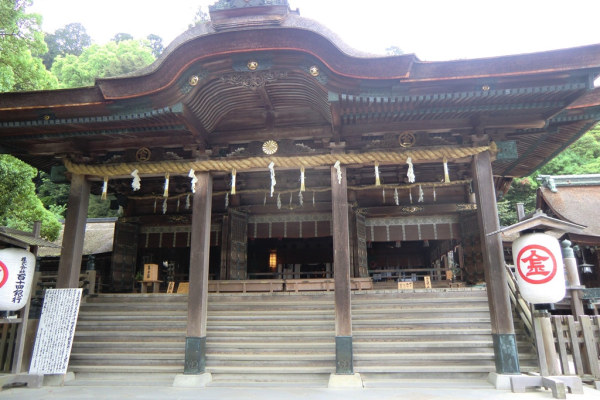
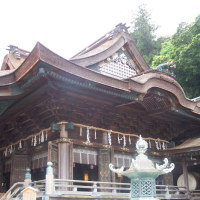
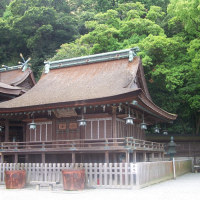
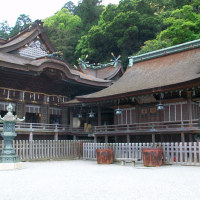
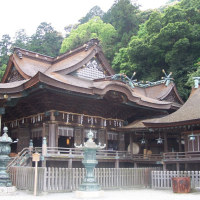
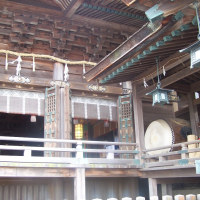
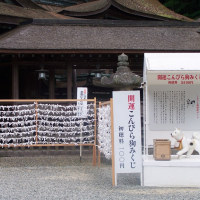
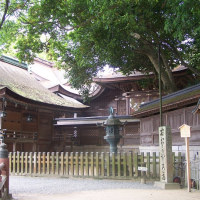
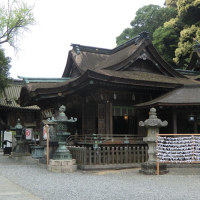
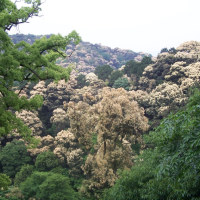
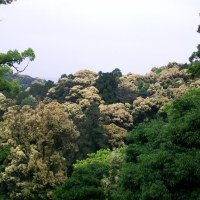
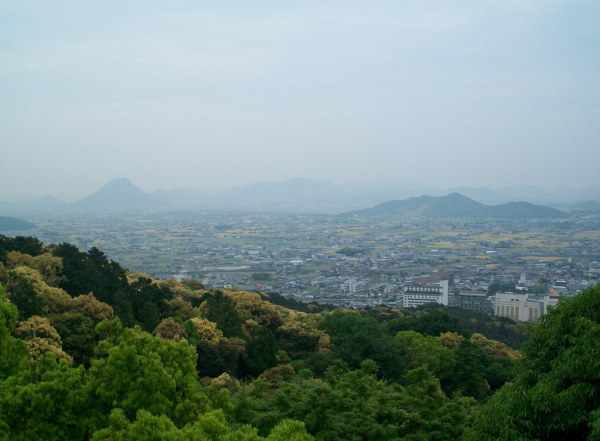
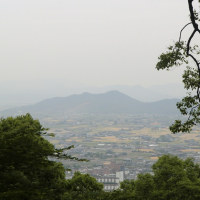
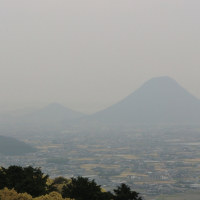
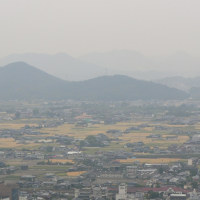
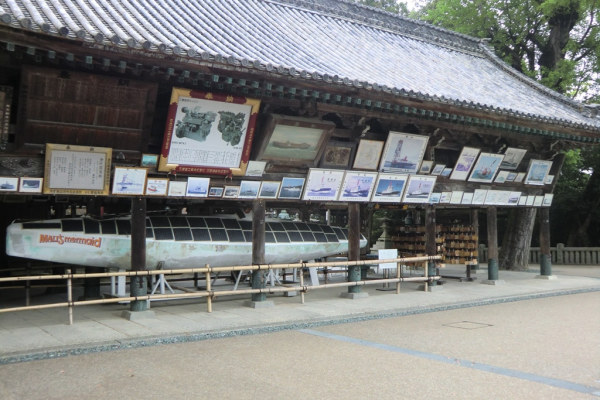
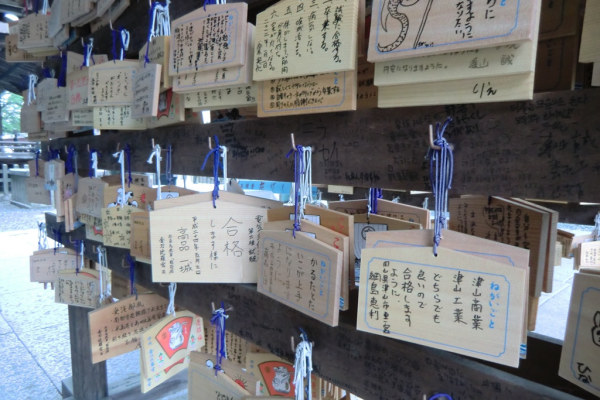
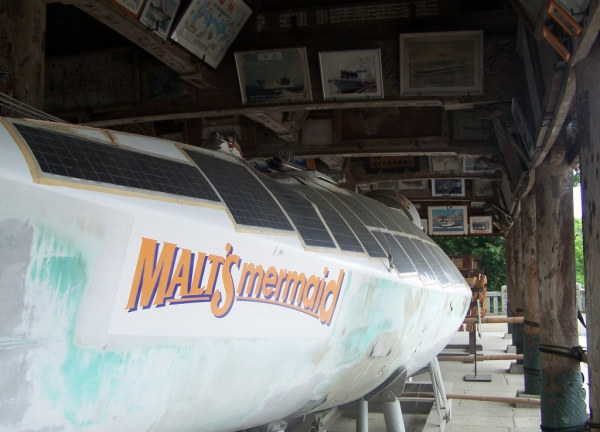
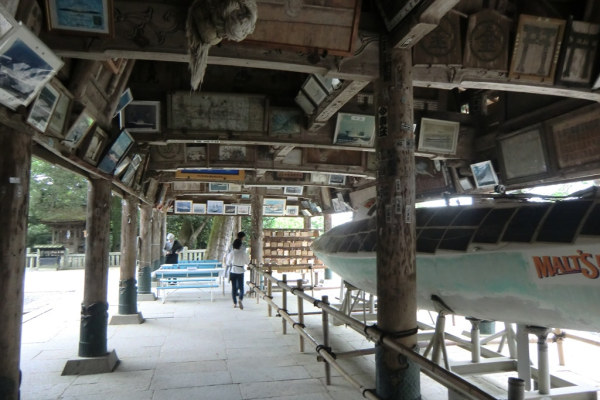
I know for a fact that some of the import/export (shipping companies) send their CEOs and other high level staff to Konpira-san every year. Just to pay their respects to the gods. And this is every year. 🙂
I hope it isn’t another 583 days till the next post. 😉 j/k
I didn’t know that. I guess it makes sense, apparently Konpira is one of the main shrines about ships in all of Japan.
For the next post, if you had studied French more seriously at school (I know you all too well West Coast Canadians, not caring about the East Coast of your country), you could already read it. 😉